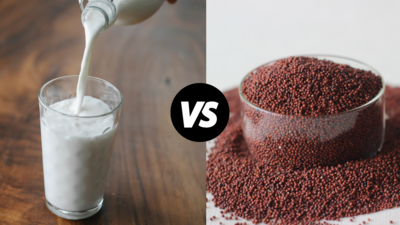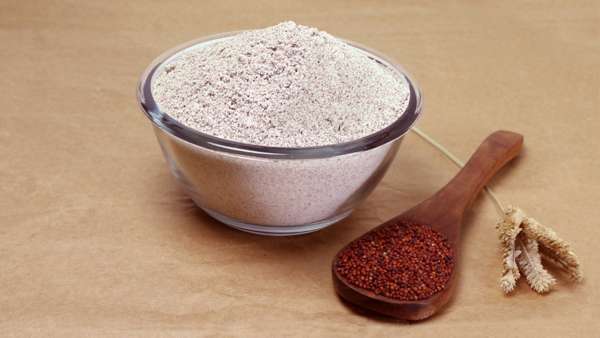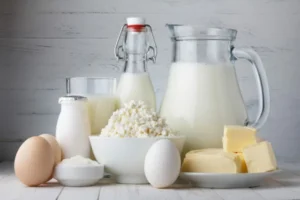

Calcium is very crucial for maintaining strong bones and healthy teeth. Milk is preferred as the primary source of calcium. But now days, traditional grains, such as ragi (finger millet), have gained attention for their calcium content. Here’s a complete comparison between the nutritional aspects of the two:
Nutrition in milk
Milk has been well known as a dietary staple for centuries, mainly in western diets. It is rich in nutritional profile, particularly in calcium. Here are some main points of Milk:
1. Calcium: One cup of cow milk contains approximately 300 mg of calcium, and it is a good source of calcium for meeting daily requirements.
2. Bioavailability: According to Eshanka Wahi, culinary nutritionist, holistic wellness coach, founder of Eat Clean With Eshanka, “The calcium that is present in milk is highly bioavailable, which means the body can absorb and utilize it efficiently.”
3. Other Nutrients: Apart from calcium, milk is also a source of protein, vitamin D, potassium, and phosphorus, which are good for bone health.

Nutrition in ragi
According to Dietitian Vidhi Chawla, founder of Fisico Diet and Aesthetic Clinic, Ragi is also known as finger millet. It is a staple grain in many parts of India and Africa. It is famous for its nutritional density and rich in calcium.”
Here are some main points of ragi:
1. Calcium: Ragi contains approximately 344 mg of calcium per 100 grams, which is more than milk.
2. Bioavailability: Ragi’s bioavailability is less than milk due to the presence of antinutrients such as phytates. These compounds can inhibit absorption of calcium.
3. Other Nutrients: Ragi is packed with iron, amino acids, and dietary fiber. These essentials make it a wholesome addition to a balanced diet.
Comparison of Milk and Ragi
1. Calcium:
Milk: 125 mg per 100 grams (96 ml)
Ragi: 344 mg per 100 grams
2. Bioavailability:
Milk has lactose, so its calcium is more bioavailable. Ragi’s calcium absorption is hindered by antinutrients like phytates, but sprouting, fermenting, and soaking the grains can improve bioavailability.
Health benefits of milk and ragi
1. Both milk and ragi have calcium content, which makes bones and teeth strong.
2. Milk contains water, nutrients, and electrolytes that hydrate the body.
3. Ragi manages the diabetes as it has a low glycemic index and fiber, which helps in regulating the blood sugar level.
Choosing Milk and Ragi totally depends on individual dietary preferences, nutritional needs, and tolerances. Ragi is a valuable alternative for those who cannot consume milk. However, milk’s calcium can easily be absorbed and utilized by the body.
Milk and other healthy drinks for your child



